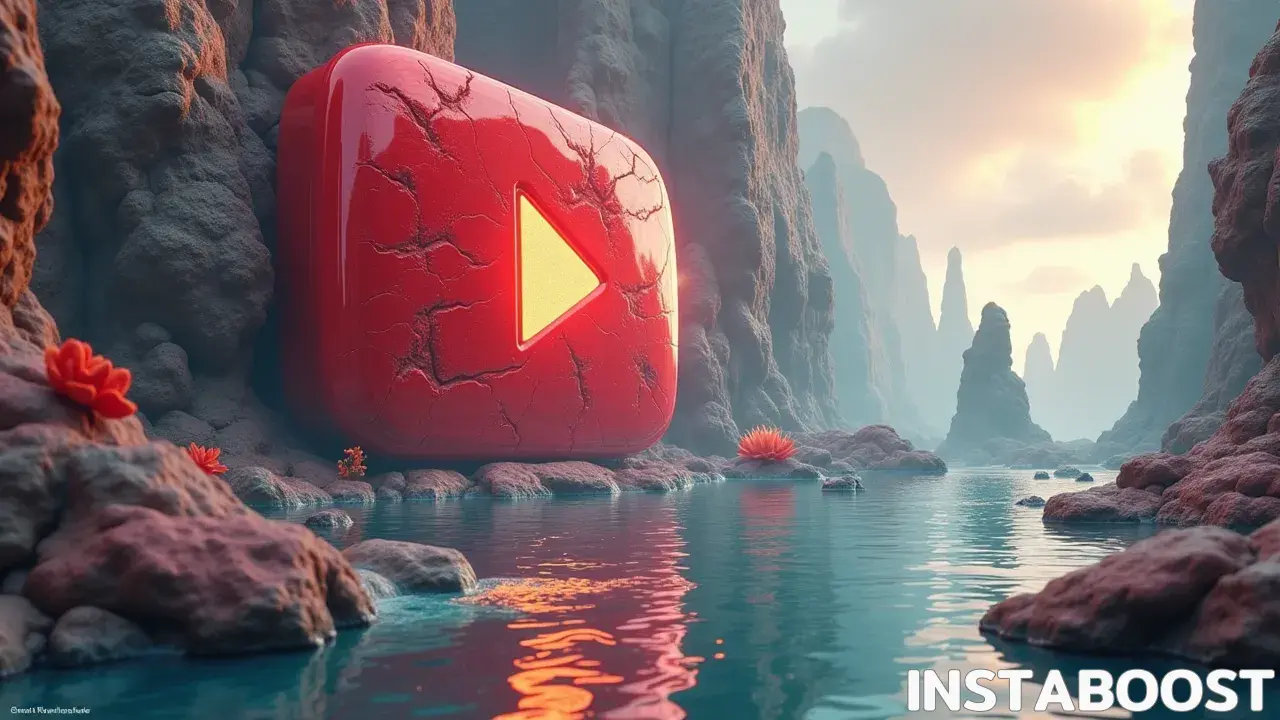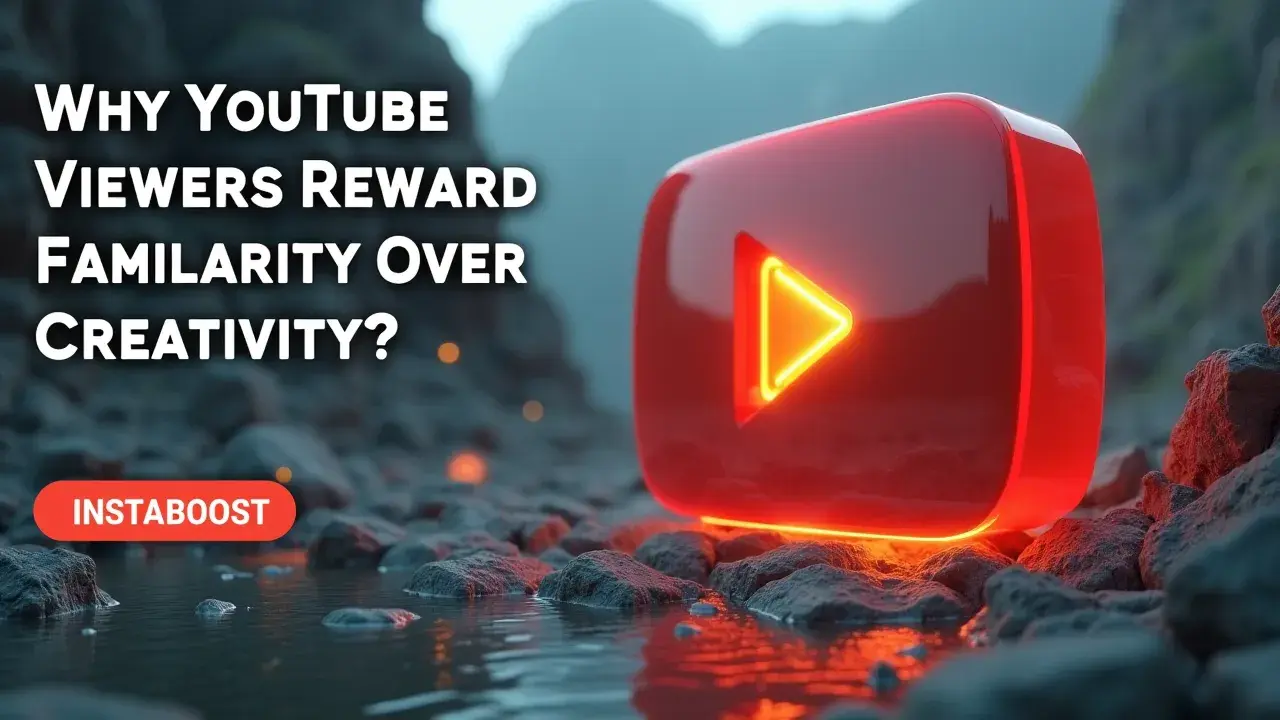Why Do YouTube Viewers Favor Familiarity Over Creativity?
Viewers tend to gravitate toward recognizable formats because predictability reduces effort and uncertainty. Established tropes, series structures, and recurring personalities provide cognitive comfort that encourages quick clicks and longer watch time. Novel ideas can perform well, but they face higher friction when expectations are unclear or framing feels unfamiliar. Blending fresh concepts with known patterns can align comfort with creativity and improve fit with audience habits.
The Magnetic Pull of the Predictable
If you spend some time browsing YouTube’s trending page, you start to see the same faces and kinds of videos showing up again and again, even though there are lots of channels uploading new and interesting content every day. It’s easy to point to the algorithm as the reason, but there’s another layer to it. Psychologists have a term, the “mere exposure effect,” which just means we’re more likely to pick things we recognize, often without realizing it.
So if you see a thumbnail you’ve scrolled past before, or hear a familiar intro, it just feels simpler to click. There’s a comfort in knowing roughly what to expect, which saves you a bit of effort. On YouTube, that sense of familiarity isn’t just calming – it’s what keeps people coming back to similar videos or the same creators over and over.
While it’s nice to think creativity gets rewarded, the system mostly pushes videos that look and sound like what’s already popular, so creators often stick to what works, even if they want to try something else.
While it’s nice to think creativity gets rewarded, the system mostly pushes videos that look and sound like what’s already popular, so creators often stick to what works, even if they want to try something else.
And viewers usually go for what feels predictable. That’s why reaction videos end up with more clicks than something like a short film that tries a different approach. It’s not that people aren’t interested in new ideas, or that creators don’t put in the work – it just takes a lot more effort (and sometimes some help to boost YouTube channel visibility) for something a bit unfamiliar to reach a wider audience. Kind of odd, considering how much people talk about finding new things online

What the Numbers Don’t Reveal
You don’t really see this on YouTube’s analytics page. The numbers will tell you which videos are getting views or keeping people watching, but they don’t explain why people come back to videos that feel familiar, even when there’s new stuff to try out. A lot of it just seems to be about trust. Viewers stick with creators who show up regularly and have something recognizable – maybe it’s the same kind of video every week, or topics they expect, or even just the way the thumbnail looks. That pattern feels reliable. The algorithm seems to notice these habits too, but it’s mostly about what makes people pick a video in the first place.
If something looks uncertain, it feels like more of a risk. But when a video promises what you already enjoy, whether it’s a certain joke, a reaction you’ve seen, or just a familiar style, it’s easier to watch. Those same patterns are probably part of how some channels reach more people on YouTube, since viewers look for what feels steady.
So creators who stick with what works for their audience – instead of changing everything all the time – usually end up with viewers who keep coming back. The analytics dashboard tracks things like retention and clicks, but it doesn’t really show how much people just like knowing what to expect. There’s plenty of advice about being original or chasing new ideas, and that matters, but on YouTube, people mostly return for what feels familiar. It’s not the sort of thing you can measure directly, but it’s always there in the background.
Building a Playbook for Trust
Trying to use someone else’s approach never quite feels right; you kind of have to work out your own way as you go. If you’re putting effort into YouTube, it ends up being more about settling into a style people recognize than about chasing shortcuts. It’s similar to the habits people build with shows or podcasts they follow – maybe there’s a way episodes start, a certain way the host talks, or a bit that always comes up. After a while, viewers get used to those things and start to look for them, which makes it easier for them to keep coming back because they have a sense of what’s waiting. That’s probably why channels that do well stick with a certain format or style, then gradually tweak it over time.
Even smaller habits, like always using a certain hashtag, can help set expectations for what viewers are about to see. And sometimes what keeps a channel feeling familiar is just the way people interact with it – like if you notice more likes and comments building up, it starts to reinforce those patterns. It doesn’t mean you can’t try new things, but those experiments usually work better when there’s already something there for people to hold onto. People who keep coming back aren’t really against change – they just seem to want some sense of what they’re stepping into before you throw something different at them. Once you find a routine that feels right for your channel, it’s less about chasing trends and more about creating something people recognize, even if it shifts a little over time…
When Familiarity Feels Like Settling
It’s odd how some achievements don’t really feel like wins. A lot of people making videos on YouTube fall into the same routines, since that’s what brings in viewers. But after a while, it doesn’t feel all that rewarding.
If you’re always trying to copy what worked before, you start pushing aside ideas that don’t fit the usual format. Keeping things consistent becomes the main focus, and the channel slowly shifts from being a place to experiment to just another set of habits. The platform encourages this pattern, too, since familiar kinds of videos tend to get more clicks. People seem to go for what they recognize – similar thumbnails, the same style of titles. It gets to a point where almost every step, from what you film to how you release it, is shaped by the algorithm, or by things like effective video promotion, both nudging creators toward what’s already proven.
The system is built to reward channels that stick with what’s popular, and it doesn’t do much for stuff that’s different, since those videos don’t always bring steady watch time or show up in searches. So creators have to choose between repeating themselves and probably growing their channel, or trying something new and risking a drop in numbers. And it’s not only a YouTube thing. You see the same thing on streaming platforms and with podcasts – the shows that follow a formula tend to end up at the top. But on YouTube, the cycle feels even tighter: people watch what’s familiar, the algorithm picks up on that, and soon it’s just harder for anyone to break out of it. Sometimes something new gets through, but most of the time, channels stick to what’s worked before and just keep going.
Choosing the Familiar, Choosing Each Other
A lot of the trouble with writing comes right after you’ve figured out the first line. It’s not all that different from what happens to creators when their YouTube channel starts picking up steam. Once you’ve got people watching and expecting a certain type of video, every upload is a bit of a balancing act. There’s what’s worked before, and then there are the new ideas you want to try. The regular viewers, they’re usually after more than novelty; there’s something reassuring about seeing the same intro, a particular joke, or just the way you usually talk to the camera. That’s probably why so many channels stick with familiar formats and bring back the same bits – people like knowing what’s coming.
Even smaller things, like repeating certain hashtags, actually help viewers find the videos they want, which makes more of a difference than you might think. Behind it all, there are these habits, like how some folks quietly support video distribution to keep the momentum going. With everything online being so scattered, most people just end up returning to what feels familiar, and not only because it’s easier. For creators, it seems like lasting isn’t really about chasing every trend or trying to beat the algorithm. It’s more about settling into something steady that people get used to, a way of doing things that feels like yours, and trying not to let that slip away along the line















